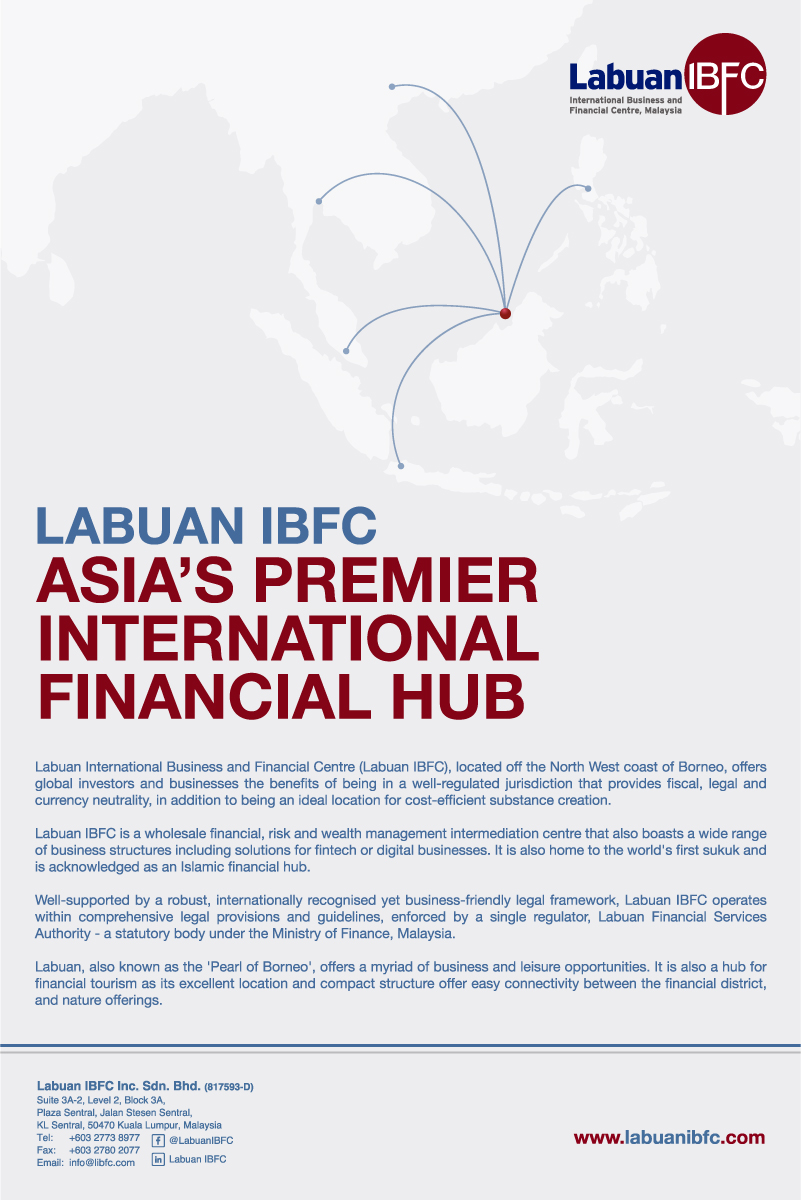Jack Meskunas delves into the rationale behind the strategy of extending duration and the considerations captives should weigh as they contemplate this approach
The last few years have been challenging for captive insurance portfolios. Volatility — often only considered a characteristic of the equity markets — has been ever-present in the bond markets, particularly over the last 18 months. Due to the massive rise in and fluctuation of interest rates, bond investors have been presented with unique opportunities to navigate the challenges posed.
The strategy of extending duration should be gaining significant attention as a result of the mid-August increase in interest rates, and the whispers of potential interest rate cuts on the horizon. This strategy seeks to capitalise on current market conditions by locking in relatively high rates of return while positioning portfolios for the potential of equity-like returns in the fixed income market over the next two to three years.
The past month witnessed a noteworthy uptick in bond market interest rates, prompting investors to reassess their fixed income portfolios. As interest rates increase, the price of existing bonds tends to decrease, affecting the overall (mark-to-market) values of portfolios. This presents an opportune moment for captives to reconsider their investment approach, evaluate their holdings and explore the opportunities to reallocate or swap longer-held and lower-yielding positions for new investments at the current rates of interest.
Interest rates fluctuate but it has been decades since they were as high as they are today. Coupled with the fact that short rates were near zero for over a decade, extending the duration of bond investments by opting for bonds with longer maturities makes sense right now. By doing so, investors lock in current interest rates for a longer period, shielding their portfolios from potential “reinvestment risk” – the risk of having to reinvest maturing bonds at lower yields that will likely prevail in 2024, 2025 and 2026. While longer-dated bonds typically carry greater interest rate risk, the current environment presents an intriguing proposition for those willing to embrace this strategy.
The Federal Reserve’s role: reviewing FED forecasts
Multiple times a year the FED governors meet to discuss the economy, inflation, and set the overnight Fed Funds Rate. In addition to this, they produce one of the most fascinating documents called the “Dot Plot”. By reviewing Dot Plots from the past, we can see that the Fed has often been incorrect when predicting the future level of interest rates — but rarely have they been wrong on the direction of interest rate changes. This makes sense as they are the rate setters.
Even pre-pandemic with inflation in the “1 per cent area” the Federal Open Market Committee (FOMC) members predicted that the overnight rates would rise in 2021, 2022, and “longer term” with 2023 and onwards looking to have rates around 2.5 per cent. Now, of course, we know the rate is over 5.25 per cent, so they got the level wrong, but not the prediction of a marked increase in rates.
What are the FOMC members saying now?
Three and a half years after fig.1 was published, the FOMC is now saying rates will be lower in 2024, 2025 and “longer term.” Carrying out a median projection, the FOMC says that rates will be 1 per cent lower in 2024, down another 1 per cent or more in 2025, and down over 50 per cent to 2.5 per cent in the longer term (2026 and beyond). It is this anticipation of interest rate cuts from the Federal Reserve that has added fuel to the debate around extending duration, and with that debate comes significant opportunities.
While the Federal Reserve aims to balance economic growth and inflation, their own predictions of lower rates will eventually spread to market participants. As investors start believing future rate cuts could be on the horizon, they will reallocate their fixed income portfolios. The potential for lower rates in the future provides additional motivation for investors to consider extending duration now to lock in the higher yields currently available.
What are the risks?
Despite the potential advantages, extending duration is not without its risks. Interest rates are notoriously difficult to predict, and unforeseen economic events could delay near-term rate cuts and impact the efficacy of this strategy. Since longer-dated bonds tend to be more sensitive to interest rate changes, if rates were to move higher in the short term, bond portfolio valuations would also fall in the short term. Captives must carefully assess their risk tolerance and balance short-term needs for cash to pay claims and take their anticipated cash flow needs into consideration before committing to this approach.
Can bonds ever achieve equity-like returns?
Account executives from captive managers and captive owners who have met me recently heard me say: “This is the first time in 20 years I have been able to say the bond market looks attractive.” I’ve been saying this because one of the most appealing aspects of extending duration is the possibility of achieving equity-like returns within the fixed income market.
As interest rates begin to fall, and market conditions evolve, the potential for long-term capital appreciation becomes more evident. By taking advantage of the current environment and locking in higher rates, captives may well find their bonds trading at premiums to par or making up significant discounts — given the average intermediate-term portfolio owns bonds priced at about 88 cents on the dollar. As such, bond investors could well position themselves to capitalise on potential gains in the years to come.
Diversification
Diversifying a bond portfolio is essential for mitigating risk and achieving a balanced investment strategy. While extending duration can be a valuable tactic, it should not be the sole focus. Investors should consider a mix of bond maturities, credit qualities and sectors to ensure a well-rounded approach that aligns with their risk profile. Given the complexities of the financial landscape, and the large number of issuers and issues in the fixed income markets, seeking professional advice is prudent before making any significant investment decisions.
As the bond market experiences shifts and future interest rate cuts become more likely, the strategy of extending duration in bond investments holds significant promise. By seizing the current opportunity to lock in higher yields by extending duration, captives could potentially achieve equity-like returns within the fixed income market, positioning themselves for resilience and growth in what is typically the largest allocation in their investment portfolios. As with any investment strategy, careful consideration of risks, diversification and professional guidance is paramount. In an environment characterised by uncertainty, the decision to extend duration should be driven by a thoughtful assessment of current and near-future cash needs for your captive, as well as an ability to take on the increased risk as a concomitant with longer-duration bonds.
Past performance is not indicative of future results. All investments involve risk. An investment in this strategy involves a significant degree of risk, including, without limitation, the risk of loss and/or volatile performance. All opinions expressed are current as of the date of this letter and are subject to change.
Any projections, forecasts and estimates (including, without limitation, any target rates of return) contained in this overview are necessarily speculative in nature and are based on certain assumptions. It can be expected that some, or all of such assumptions, will not materialise or will vary significantly from actual results. Accordingly, these projections are only an estimate. Actual results will differ and may vary substantially from the results shown.
The risks associated with investing in fixed income include risks related to interest rate movements as the price of these securities will decrease as interest rates rise (interest rate risk and reinvestment risk). The risk of credit quality deterioration, which is an issuer, will not be able to make principal and interest payments on time (credit or default risk), and liquidity risk (the risk of not being able to buy or sell investments quickly for a price that is close to the true underlying value of the asset).
This article is not and is under no circumstances to be construed as an offer to sell or buy any securities. The information set forth herein has been derived from sources believed to be reliable and does not purport to be a complete analysis of market segments discussed. Opinions expressed herein are subject to change without notice. Additional information is available upon request. Oppenheimer & Co nor any of its employees or affiliates, does not provide legal or tax advice.





